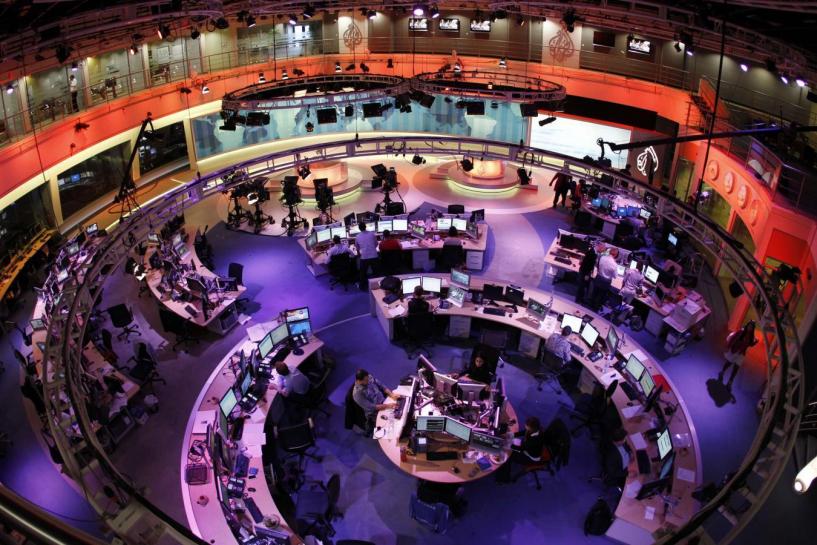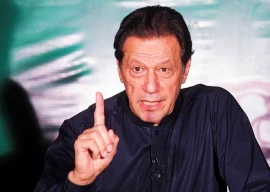
The expedition from unwanted to the wanted has been strewn with visible discrimination such as low paycheques as compared to what men received and harder beats reserved for men. Women reporters were largely restricted to the coverage of lifestyle or showbiz.
Aggressive questioning, rude behaviour, and zero involvement in decision making — a forte that only men could hold — were other manifestations of discrimination. It took nerves to function in a power structure sustained by men. Though conditions are far better for women today, it still cannot be called a smooth sailing. Even in developed countries like the US and the UK, female journalists have to struggle to gain ground. In countries like Pakistan, she has yet to cross over the “middlebrow talent” definition.
Not that women completely failed in Pakistan in the field of journalism. Many stand out as examples of excellence, yet female participation is abysmally low i.e. lower than 5%.
A survey, conducted by International Alert in 2017, highlighted several challenges faced by female journalists in Pakistan such as harassment; forced adoption of masculine traits; absence of support from women co-workers; unhospitable environment during night shifts; and inadequate maternity leaves that are often unpaid. Of all these challenges, one that impacts the most is refusing to respond to improper advances from those in positions of power. The survey, which was conducted in Punjab and Khyber-Pakhtunkhwa, highlighted that almost one in two journalists experienced gender-based violence during their work.
Another survey, conducted by the Digital Rights Foundation in 2019, entitled “Female Journalists in News Media: Experience, Challenges and a gendered approach”, stated: “The women in our study wanted more support from the editors and supervisors. They wanted to be believed. They wanted their news organisations to take action — from deleting comments quickly to training journalists on how to deal with abuse. Many of the women we interviewed felt unsupported or even afraid to complain about the problems to their supervisors. That suggests that newsroom leaders need to change the culture at their organisations to deal with this issue.”
Similar responses were recorded in a survey conducted by another non-profit organisation, Media Matters for Democracy to assess the challenges faced by women working online. The report revealed that 77% of women journalists used self-censorship to avoid online harassment that had taken a toll on both their personal and professional life. Their complaints also mostly went unheard by the law enforcement agencies.
As compared to men, women are hauled up on social media even if they merely challenge a certain narrative or policy, primarily because of the inherent dislike for female opinion.
At a time when the media is passing through a tough phase because of declining revenues and indirect controls or advice, forcing media organisations to lay off employees in droves, ‘establishing oneself’ is an issue both genders are facing. Lately, the deaths of many young journalists have been attributed to their financial hardships. As a common practice, media outlets either refuse to pay in time or seek free of cost services to “manage their expenses”. The façade to cover this behaviour is usually the government’s advertisement, which, as the refrain goes, are few to come by and that too at a cost that hardly makes a difference to the coffer. This is neither a whole truth nor a complete farce.
This rueful situation is partly an outcome of observing a worn-out business model that revolves around broadcasters/newsmen/reporters rather than consumers. News style that does not fit into the consumer behaviour, marked by diminishing attention span and multi-tasking, is set to fail. News can no longer be understood in its traditional sense of “dog bites man or man bites dog”. Rather, like any marketable product, it must excite readers and prompt them to make the news viral across a whole gamut of online media outlets: appealing to both speed and brevity.
Returning to our topic: Has this new development made life easier for women or harder? If in good times they had to swim through rough tides, bad times would have tested them even more fiercely.
Until 2018, a fraction of women could make it to the top positions in the media, promotions came by slowly and paycheques still slimmer when compared to those for men. As for sexual predators, women still had to contend with this “plain old disrespect”, said former television executive Kate O’Brien. The #MeToo movement has also vividly illustrated that women still have to bear with a range of toxic male behaviour.
The journey to complete independence or to an unfettered work environment may still take decades, yet the odds must not stop them from standing up and speaking for their rights.
Published in The Express Tribune, May 7th, 2020.
Like Opinion & Editorial on Facebook, follow @ETOpEd on Twitter to receive all updates on all our daily pieces.
















1713889672-1/Plastic-waste-(2)1713889672-1-270x192.webp)






















COMMENTS
Comments are moderated and generally will be posted if they are on-topic and not abusive.
For more information, please see our Comments FAQ